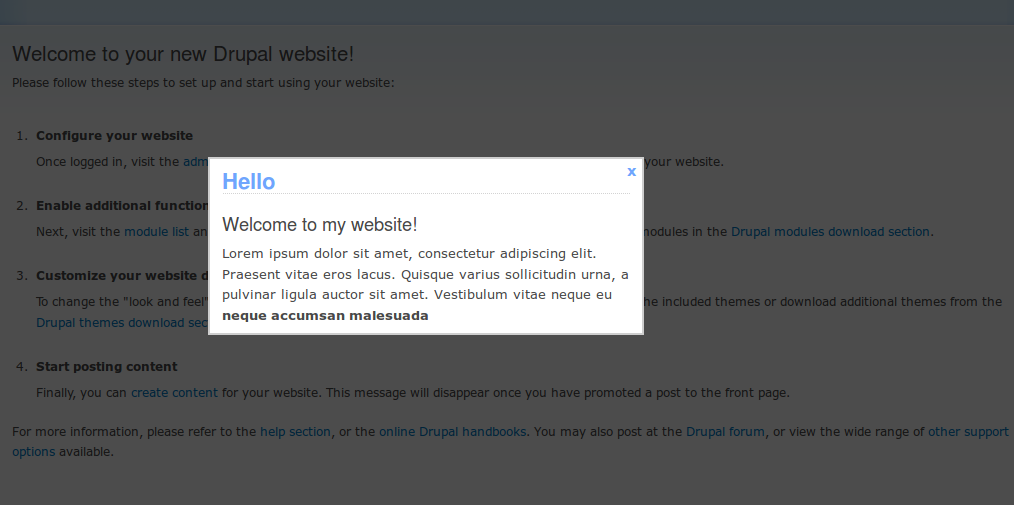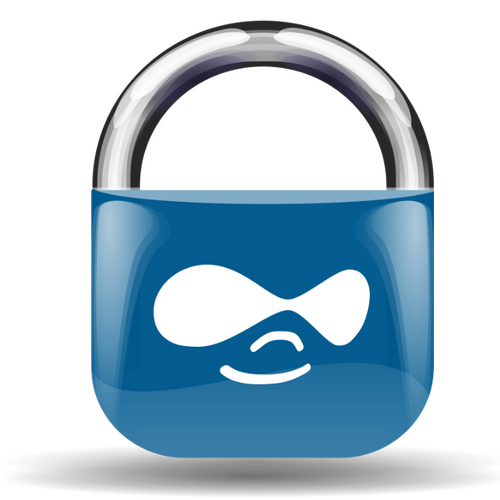

- #Drupal security update
- #Drupal security Patch
- #Drupal security upgrade
- #Drupal security pro
- #Drupal security code
This makes it much easier to ascertain the potential risk of the update breaking your site.
#Drupal security code
When you apply security updates, you can see exactly what has changed if your code is stored in source control. Storing code in a version control system (such as Git) is great for a variety of reasons.

Check your backups are workingĪutomatic database backups are great, but what if they are not working? It is a good idea to periodically restore them and make sure everything is in order. For more information, check out my recent article on backing up to Amazon S3. It goes without saying that you should be running database backups automatically on a regular basis. This will save a lot of time as opposed to manually re-applying the changes.
#Drupal security Patch
Then when you need to update your Drupal install, you can re-apply the patch file.

If, after running the Hacked module, you discover that someone has altered contributed modules or core code, then it is best to store these changes in a patch file. Create patches for hacked contributed modules or core code Checking this will see if anyone has meddled with your code. Hacked is a great utility module which will check if your contributed and core modules have any differences to what is stored on. Fortunately, you can easily check by using the Hacked module. If you didn’t develop the site yourself, you may not know if someone else has hacked contributed modules or Drupal core. Check if your contributed modules or core code have already been hacked
#Drupal security upgrade
If they have been altered, you will lose any changes when you upgrade that you will need to re-apply. If they are left untouched, upgrading is a painless experience. It maybe quicker to make changes to contributed modules or Drupal core, but this leads to a long term nightmare for keeping your core base up to date. Don’t hack contributed modules or core code. Instead, run them on your local version (or another dev version) and ensure nothing breaks before applying to the production site. You should not run these commands directly on the production site.
#Drupal security pro
Pro tip: for performance reasons, it is better to have the Update Manager module enabled and running on a dev or staging site than the production site. You can get notified when updates are available by adding your email address here: /admin/reports/updates/settings The update report (available here: admin/reports/status) will alert you to problems with your Drupal site, including security issues such as out of date modules, Drupal core or database updates that need to be run.

Here are eleven tips to ensure your modules and core code are up to date with the latest security releases. Last month’s announcement of a SQL Injection vulnerability and subsequent announcement of automated attacks within 7 hours caused wide spread panic across much of the Drupal community. Keeping your Drupal site up to date has always been of critical importance to ensure it remains secure.


 0 kommentar(er)
0 kommentar(er)
